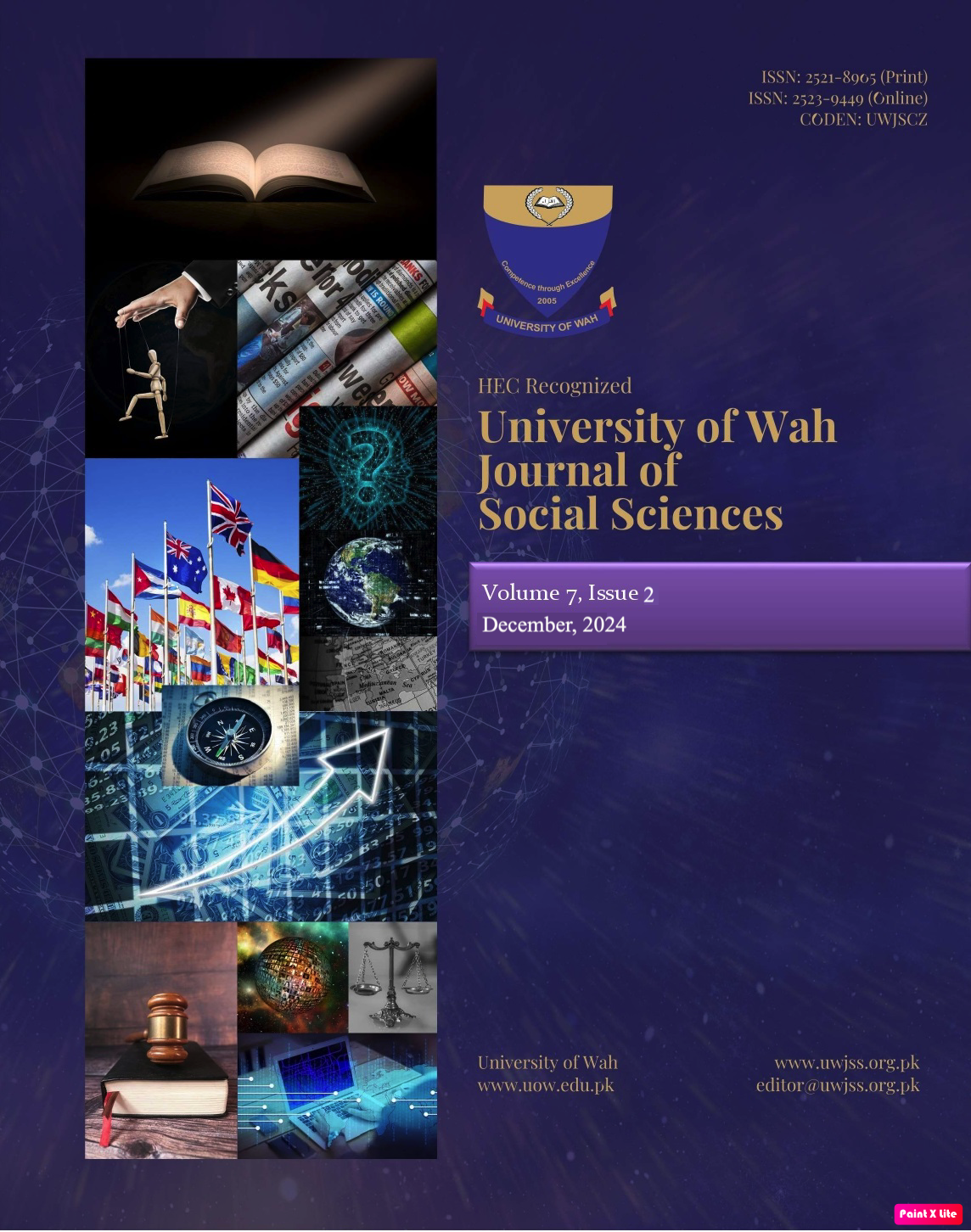A Qualitative Review of Technology Integration in STEM Education: Insights from 'Teaching and Learning STEM' by Felder and Brent
Keywords:
STEM Education, Technology Integration, Blended Learning, Flipped Classrooms, Formative Assessment, Artificial Intelligence (AI), Virtual Reality (VR), Digital Divide, Professional Development, Qualitative ReviewAbstract
Technology is a critical component in the learning and teaching of STEM, we can see this from the way students and teachers and even schools embrace technology. This article presents a qualitative review based on the book Teaching and Learning STEM: Felder, R. M., & Brent, R. (2016). Understanding Student Differences: A Practical Guide. Some of the common topics include the blended learning, flip classroom, and formative assessment together with the new technologies like Artificial Intelligence and Virtual Reality. In this article, the author analyses the influence of these technological approaches on STEM education with the help of a discussion of the book and the latest research that were identified. The results of the study indicate that as much as technology brings in benefits in the enhancement of STEM education as an innovative teaching method, there are barriers including the digital divide and a continuing need to train teachers. The article is concluded with the suggested strategies for the educators and the policymakers to enhance the use of the technology for the learning of STEM and to make it more and more available to all the students.

Downloads
Published
How to Cite
Issue
Section
License
Copyright (c) 2024 UW Journal of Social Sciences

This work is licensed under a Creative Commons Attribution 4.0 International License.




